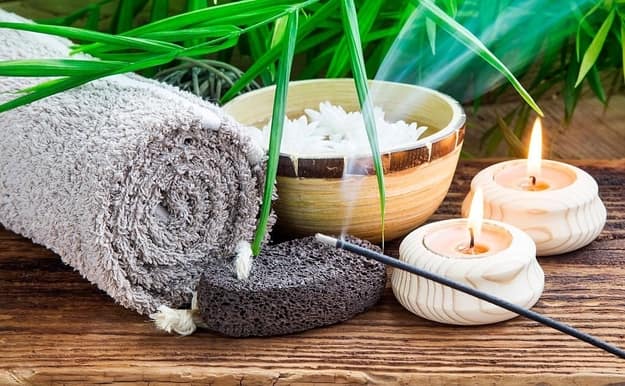Can You Put incense ash in plants?
If you’re using natural incense made from plant-based materials, then the ash is unlikely to harm your plants.
However, if you’re using synthetic incense or incense made from animal products, the ash could contain chemicals that could be harmful to your plants.
Additionally, if you burn incense near your plants on a regular basis, the smoke could damage their leaves.
You’re relaxing in your garden, enjoying the fresh air and the scent of your favorite incense wafting through the air. Suddenly, you notice that the ashes from your incense have blown onto some of your plants. You start to wonder: is it safe to put incense ash in plants?
If you’ve ever found yourself in this situation, you’re not alone. Many people are unsure about whether or not it’s safe to put incense ash in plants.
In this article, we’ll explore the pros and cons of putting incense ash in plants. We’ll also provide some tips on how to do it safely, if you decide to go ahead with it.
What is incense ash?
Incense ash is the residue that is left behind after burning incense. It is typically made up of plant matter, charcoal, and other minerals.
Is it safe to put incense ash in plants?
When it comes to using incense ash in plants, there are a few things to consider.
The type of incense you’re using, as well as the plant species, will play a role in determining whether or not it’s safe to put incense ash in your plants.
Incense is often burned as part of various spiritual practices, but it’s important to be mindful about how we do this.
For example if you’re using natural plant-based incenses like eucalyptus or lavender there shouldn’t be any harm done because those plants can handle small amounts of smoke without too much issue.
However with synthetic products containing chemicals which may cause damage over time should consider these risks before burning constantly near your plant.
How do you use incense ash in plants?
If you’re going to use incense ash in your plants, it’s important to do it safely.
– Only use a small amount of ash
– Only use natural, plant-based incense. Avoid synthetic or animal-based products, as the ash could contain harmful chemicals.
– Burn incense away from your plants. The smoke could damage their leaves if you burn it too close.
– Don’t put the ash directly on the leaves or stems of your plants. It’s best to sprinkle it around the base of the plant.
– If you’re using a lot of ash, spread it out over a large area so that it doesn’t concentrate in one spot.
– water the plant after applying the ash
Are there any benefits to using incense ash in plants?
The ash from burned incense can be beneficial to plants in a few ways.
First, it can provide nutrients to the soil. Incense ash is rich in minerals like potassium and calcium, which can help promote healthy growth in plants.
Additionally, the ash can help discourage pests. The smoke from burning incense repels many common garden pests, such as mosquitoes and aphids.
Finally, some people believe that the smoke from burning incense can purify the air and bring positive energy to your home.
While there is no scientific evidence to support these claims, many people find that burning incense makes their home feel more comfortable and inviting.
As with anything, there are some precautions to take when using incense ash in plants. Be sure to only use natural, plant-based products and avoid synthetic or animal-based products.
Additionally, it’s best to burn incense away from your plants and sprinkle the ash around the base of the plant rather than putting it directly on the leaves or stems.
Is incense ash toxic?
Incense ash is not toxic, but its smoke can irritate your eyes and lungs.
For centuries people have burned incense to create a scent that they associate with comfort or spiritual insight;
These scents are released into our environment as particulate matter when burning them on an open fire like you would use for cooking at home (or even in candles).
The major health risk associated with burning this type of material comes from inhaling their fumes which might cause lung diseases such asthma-like symptoms due primarily because there’s been instances where certain types were found containing harmful chemicals – things likely wouldn’t happen if careful procedures were followed during production processes since most companies ensure safe standards.
Also Read: 7 Simple Steps to Grow Plants in Glass Containers- Easy Guide

